PAUL STANILAND
A crisis and a crackdown have defined India’s security policy in 2019. In February, the Indian Air Force launched an airstrike into Pakistan following a suicide bombing in Kashmir. This then led to a crisis, dogfights, and missile threats. In August, the government in New Delhi surged security forces into Indian-administered Jammu and Kashmir and revoked its special status, beginning months of detentions, restrictions, and claims about the beginning of a radically new politics in Kashmir. Moreover, senior politicians have articulated a new vision of how India seeks to advance its interests at home and abroad: Toughness, boldness, and skillful maneuvering amongst the world’s leading powers define this aspiration.
How should observers assess India’s new security order? And what implications, if any, does it have for the United States?
I identify three characteristics of the new order: an emphasis on risk-taking and assertiveness, the fusing of domestic and international politics, and the use of unrelenting spin to hold critics at bay. This approach carries potential benefits for the United States in bolstering its position in Asia. But it also brings a set of risks and challenges that demand clear-eyed analysis — and a willingness to debate how the United States engages with India moving forward.
Crisis and Crackdown


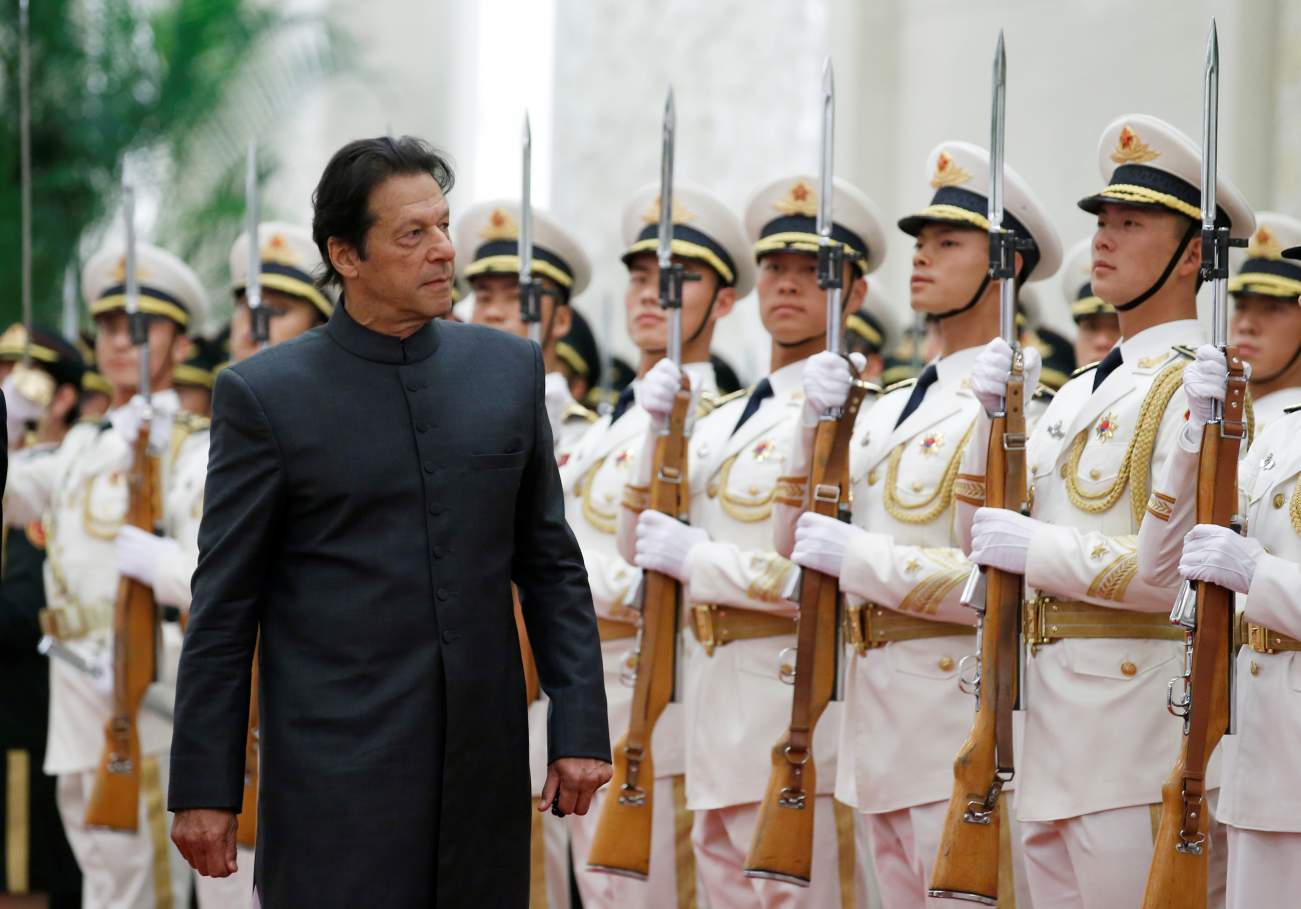
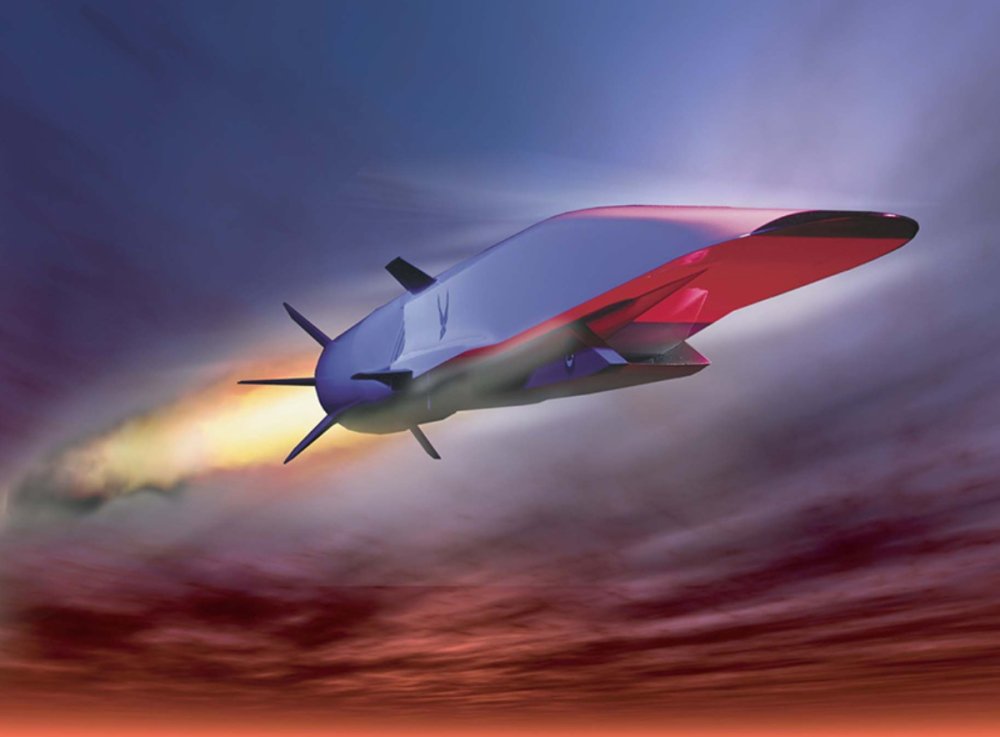
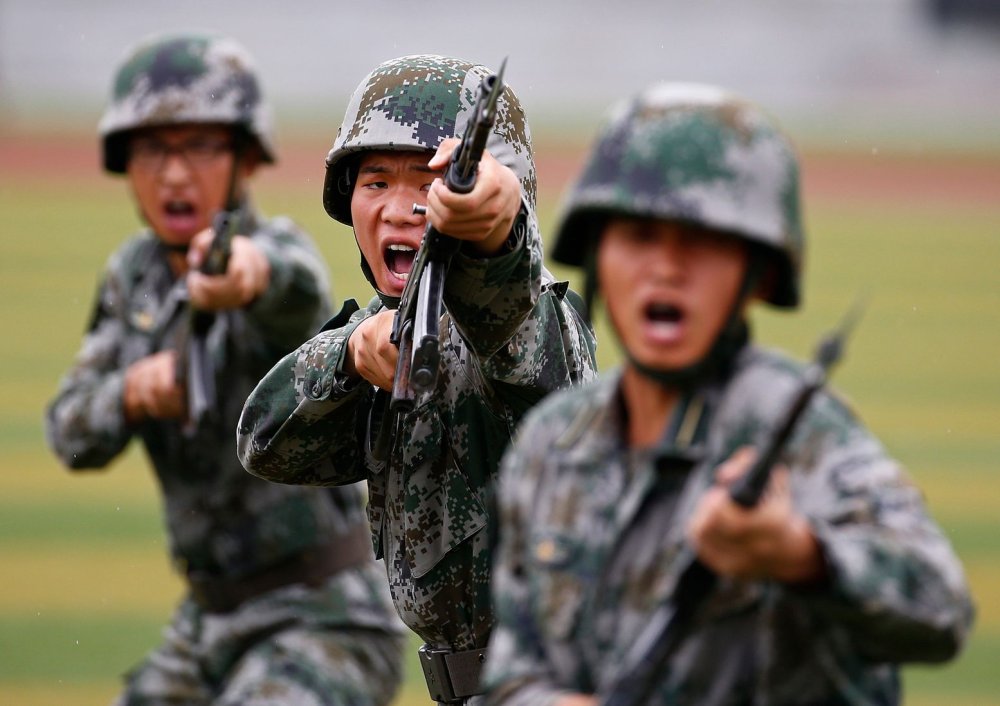
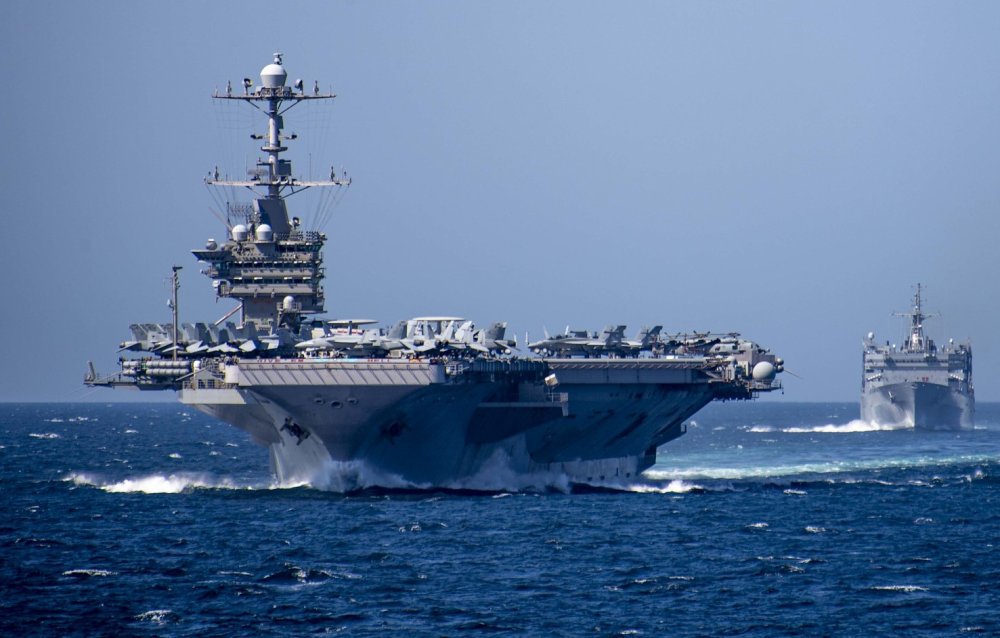
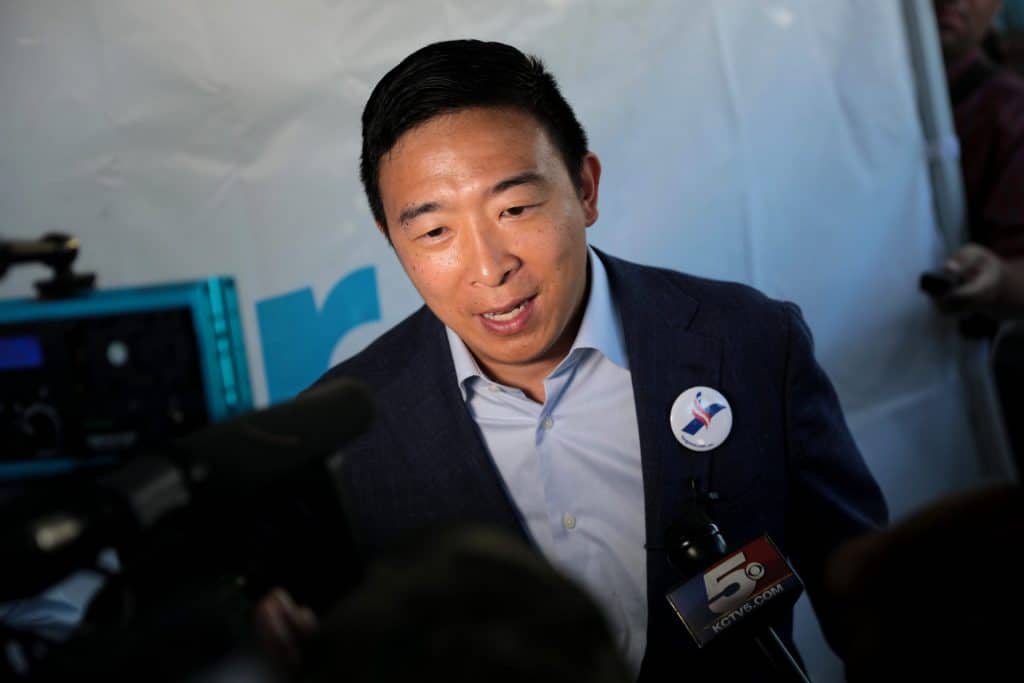
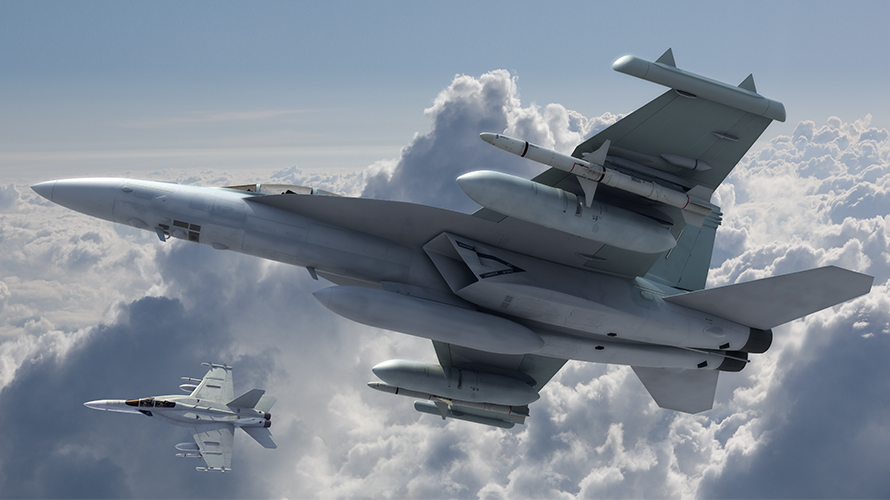

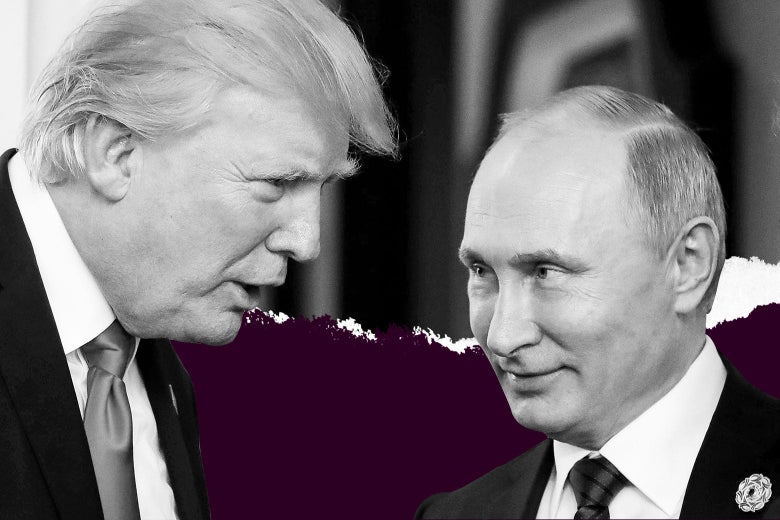
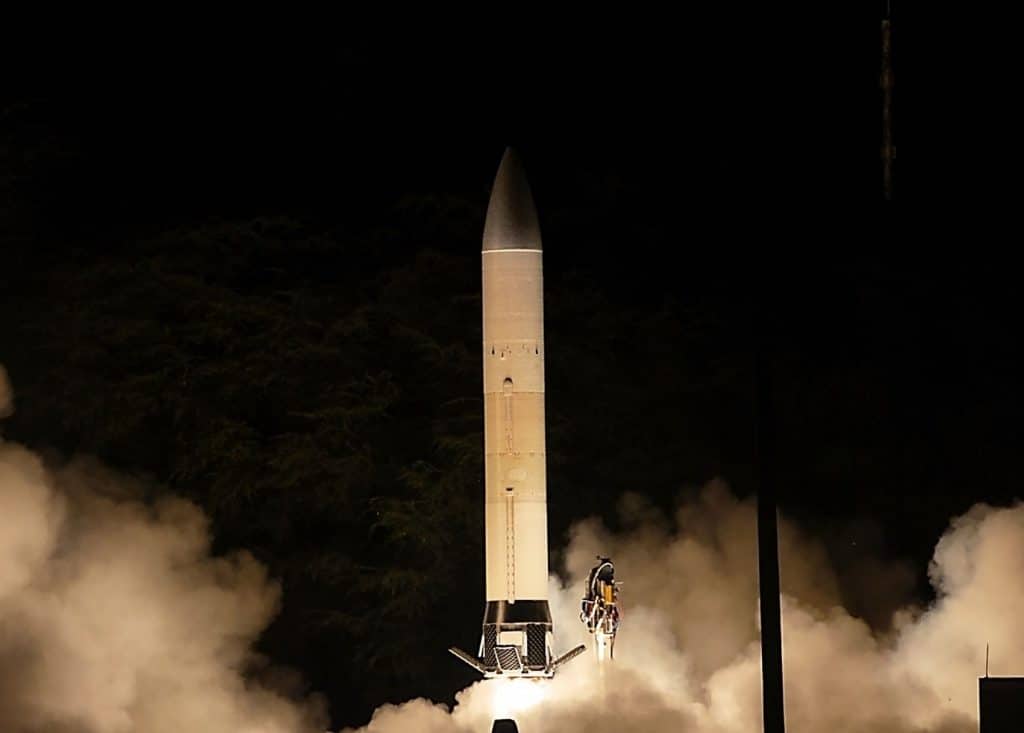


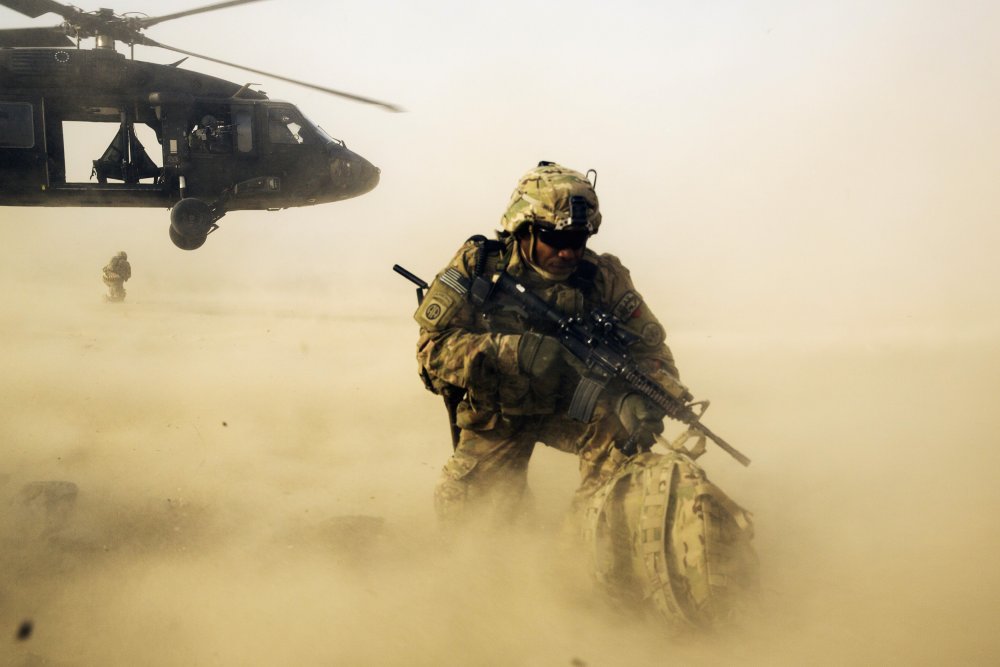

/23.571408140624957,-2.283263657658176,3/421x337.png?access_token=pk.eyJ1IjoiZGFsdG9ud2IiLCJhIjoiOWdSSXFQSSJ9.HZyjh4g3TAAOAncwelv9Vw)